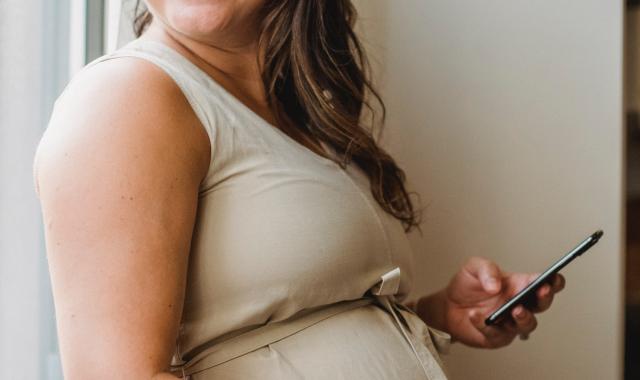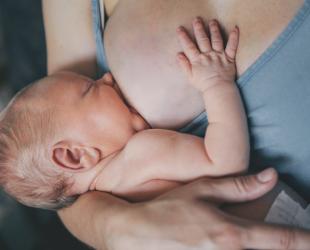If your nipple turns white in the cold, it could be vasospasm. Here’s what you can do

Vasospasm happens when blood vessels tighten and go into spasm, so that blood doesn’t flow normally. This can happen in anywhere in the body.
A common example is Raynaud’s phenomenon, where fingers turn white when they’re cold. Nipple vasospasm is less common but can be very painful, especially if you’re breastfeeding.
What you might notice
- Sharp, burning, or stinging pain in your nipple—often worse when you’re cold.
- Throbbing or numbness as blood flow returns—the pain can be mild or severe.
- Your nipple may turn white. Then blue, purple, or red as the blood flow returns., before returning to normal.
- Pain may happen during a feed, but more often straight after a feed, when your wet nipple is exposed to cold air. It may also happen at other times like when you get out of the shower or go outside in the cold.
- You may notice the symptoms for a few seconds to a few minutes or longer.
You're more likely to get nipple vasospasm if...
You have a family history of Raynaud’s phenomenon.
You often have cold fingers or feet.
You are a thin person.
Your nipples are damaged, either by poor attachment or an infection.
You're exposed to cold air, especially after feeding.
Managing vasospasm
Keep yourself and your nipples warm
Breastfeed in a warm place. Keep yourself warm as you’re getting ready to breastfeed and then as your baby feeds.
Keep your nipples from getting cold. As soon as your baby comes off the breast, cover your nipple with your hand as you do up your bra.
Avoid air-drying your nipples after feeds.
Try breastwarmers or wool breast pads.
Gently massage breastmilk onto your nipple after feeds, under your clothes.
Warm your bathroom before showering or dressing. After a shower, wrap a towel around your breasts before getting out.
Try to improve your baby’s latch
Make sure your baby is attached well and not hurting your nipple. If your nipple isn’t healing, reach out for extra support.
Things to avoid
Avoid smoking and drinks with caffeine, like coffee, cola, and sports drinks, as they can make vasospasm worse.
If these steps don’t help, talk to your doctor. There are treatments that can help.
Further information:
Nipple vasospasm fact sheet from The Royal Women’s Hospital, Victoria
Vasospasm and Raynaud’s Phenomenon by Dr Jack Newman
© Australian Breastfeeding Association December 2025
